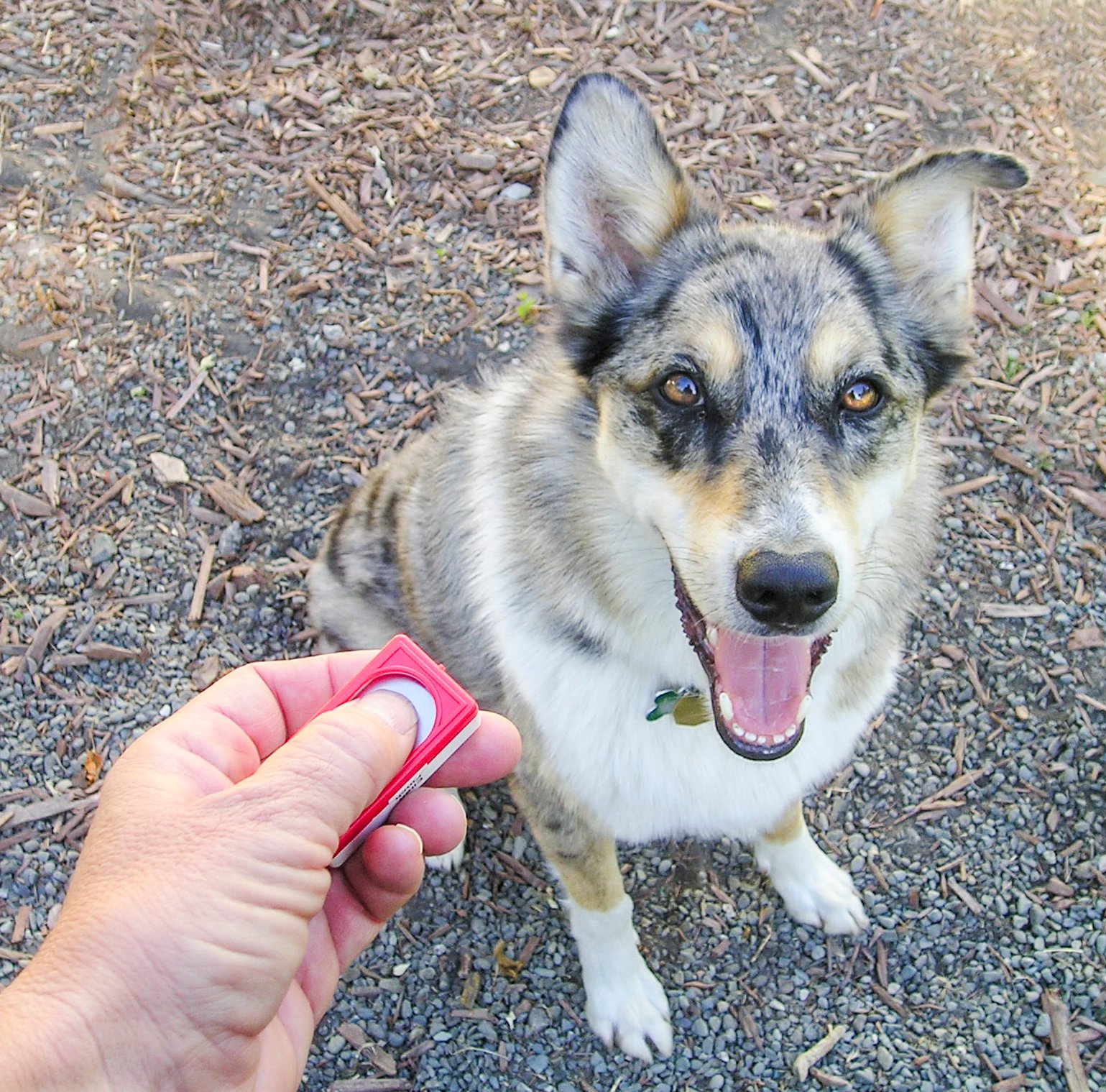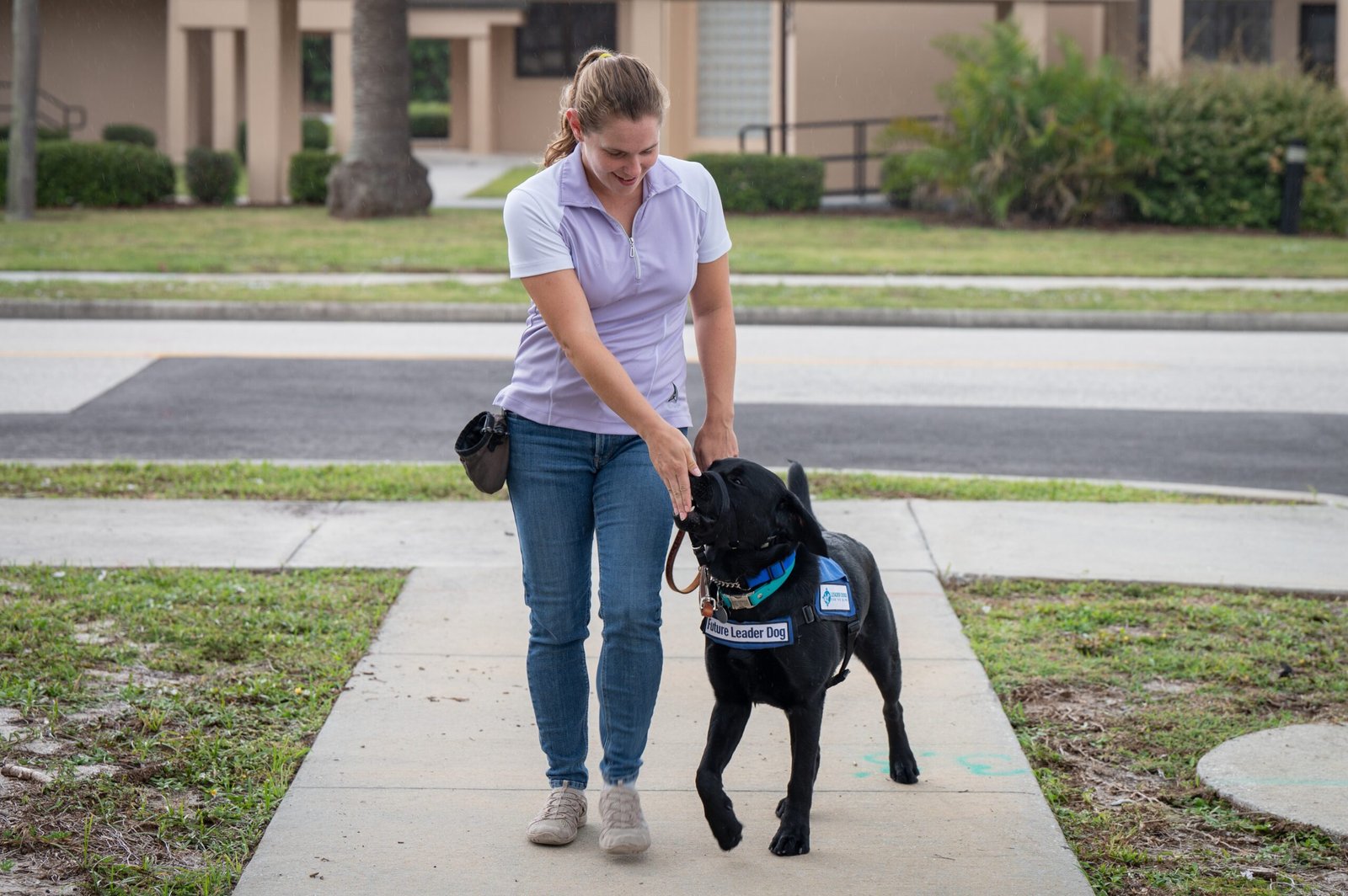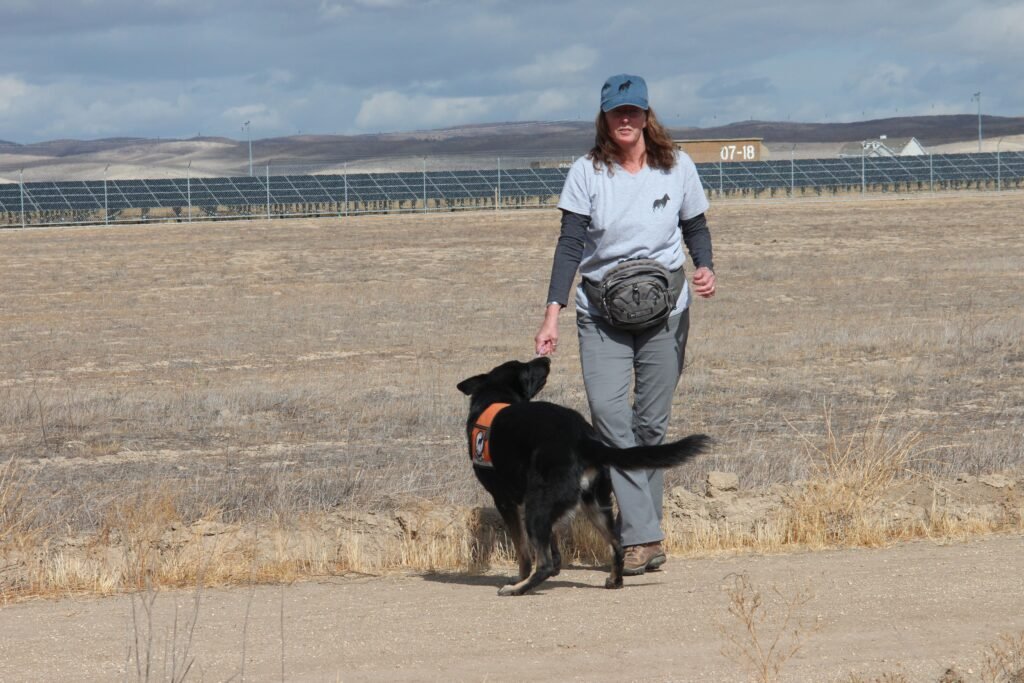Picture this: a tired dog owner sits on the couch, smartphone in hand, while their unruly Labrador circles the living room like a furry tornado. With a tap, an app opens—offering instant advice, custom training plans, and even a soothing AI voice. But can this high-tech helper truly rival the wisdom, patience, and intuition of a real-life dog trainer? The question is sparking heated debates in living rooms, parks, and veterinary clinics everywhere. As artificial intelligence charges into the world of canine obedience, it’s not just about convenience—it’s a tug-of-war over the very nature of our bond with man’s best friend.
The Rise of the Virtual Dog Trainer
Technology has seeped into every corner of our lives, and now it’s knocking at the doghouse door. Virtual dog trainers, powered by sophisticated AI algorithms, promise to make training easier, faster, and more accessible than ever. These digital coaches can analyze your pup’s quirks, offer step-by-step instructions, and even demonstrate techniques with animated avatars. Gone are the days of scheduling appointments or driving across town for a session. But as these apps gain popularity, some wonder if technology can really substitute for the warmth and adaptability of a human expert.
What Exactly Is a Virtual Dog Trainer?

A virtual dog trainer isn’t just a collection of YouTube videos or generic advice. Today’s platforms use artificial intelligence, machine learning, and personalized data to create training plans tailored to your dog’s specific needs. With a few taps, users can input their dog’s age, breed, temperament, and problem behaviors. The AI then churns out routines, troubleshooting tips, and progress trackers. Some apps even use your phone’s camera and microphone to “watch” your dog, offering real-time feedback. It feels like having a professional in your pocket—minus the hefty hourly rate.
The Emotional Intelligence of Human Trainers
A seasoned dog trainer is more than just a source of commands—they’re a translator of canine emotions. Human trainers can read subtle body language, sense fear or excitement, and adapt their methods on the fly. They offer encouragement not only to dogs but to owners who might feel frustrated or defeated. The empathy and connection they bring can turn a stressful session into a breakthrough moment. For many pet parents, these emotional nuances are irreplaceable—after all, dogs aren’t robots, and neither are we.
The Science Behind Dog Training
At its core, dog training is deeply rooted in behavioral science. Positive reinforcement, operant conditioning, and classical conditioning all play a role in shaping a dog’s actions. Good trainers—whether human or digital—understand the principles of learning theory. AI-driven apps are programmed with these scientific methods, breaking down tasks into bite-sized steps and offering rewards at just the right moment. Still, science tells us that every dog is unique, and what works for one may not work for another. This is where the human touch often shines.
Personalization: Are Algorithms Enough?
AI trainers boast about personalization, but just how personal can an algorithm get? Sure, they can adjust for breed, age, and energy level. But can they truly grasp a rescue dog’s fear of men, or a senior pet’s arthritic discomfort? Human trainers draw on years of experience and gut feelings, tweaking their approach based on countless tiny cues. While virtual trainers are getting better at customization, some owners say they still feel a bit like one-size-fits-all advice dressed up in fancy tech.
Accessibility and Convenience
One huge advantage of virtual trainers is sheer convenience. You can access advice at midnight, during lunch breaks, or while traveling. For people in remote areas or those with mobility challenges, this can be a game-changer. There’s no waiting list, no pricey sessions, and no awkward scheduling conflicts. The digital world brings expert knowledge right into your living room, leveling the playing field for new and seasoned dog owners alike.
Building Trust: Can AI Win a Dog’s Heart?
Trust is the secret sauce of successful training. Dogs look to their humans for safety and guidance, and trainers work to strengthen that bond. While virtual trainers can guide owners through exercises, they can’t make direct eye contact, offer a reassuring touch, or sense when a dog is overwhelmed. Some critics argue that AI risks making the human-dog relationship more transactional, reducing training to a series of commands and rewards rather than a true partnership built on understanding.
Real-World Success Stories
Despite the skepticism, many owners sing the praises of AI trainers. Imagine the single parent juggling kids and a new puppy, or the retiree who can’t drive to town for lessons. For these folks, virtual guidance can mean the difference between chaos and calm. Some apps share heartwarming testimonials: anxious pups learning to settle, rowdy teens finally mastering the leash, and nervous owners finding their confidence. While not a universal fix, virtual trainers have transformed countless households.
When Technology Falls Short
Of course, not every story has a happy ending. Some dogs face serious behavioral challenges—like aggression, extreme fear, or separation anxiety—that demand hands-on expertise. Virtual trainers may offer general tips, but they can’t physically intervene or prevent dangerous situations. In these cases, a real human trainer is often the only safe and effective choice. Even the smartest AI can’t replace the instincts of a seasoned professional who knows when to push, when to pause, and when to call in a veterinarian.
Cost Considerations: Saving or Splurging?
Let’s talk about money. Traditional dog trainers can be expensive, with private sessions costing anywhere from $50 to $150 or more per hour. Group classes might be cheaper, but they don’t offer the same tailored attention. Virtual trainers, on the other hand, typically charge a flat subscription fee or even offer free basic versions. For budget-conscious families, this can make professional guidance feel within reach for the first time ever.
Learning Pace: Who Sets the Speed?

Every dog and owner learns at their own pace. Some need repetition and gentle reminders, while others pick up new tricks in a flash. Virtual trainers allow users to move at a speed that feels right, revisiting lessons as many times as needed. There’s no pressure to keep up with a group or impress a stranger. But without in-person feedback, it’s easy to miss subtle mistakes—and sometimes, progress stalls without a human to cheer you on.
The Role of Video and Live Feedback
Many virtual training platforms now incorporate video analysis, letting owners upload clips for AI review. Some even offer live video sessions with real trainers, blending the best of both worlds. This can help bridge the gap between cold algorithms and warm human insight. Owners receive direct feedback, troubleshoot issues, and celebrate wins—all without leaving home. It’s a glimpse into the future of hybrid dog training.
Socialization: The Missing Piece?
Training isn’t just about sit, stay, and heel. Dogs are social creatures who need exposure to new people, pets, and environments. Human trainers often organize group classes, walks, or playdates to help dogs learn social skills. Virtual trainers can offer advice, but they can’t replicate the chaos, excitement, and unpredictability of real-world interactions. For shy or reactive dogs, this hands-on experience is crucial.
Owner Confidence and Motivation
Let’s be honest: training a dog can be exhausting, especially when progress is slow. Human trainers are part coach, part therapist, offering encouragement and accountability. They celebrate small victories and gently correct missteps, keeping owners motivated when the going gets tough. Virtual trainers try to fill this gap with badges, reminders, and progress charts—but some users still miss the personal touch of a supportive expert cheering them on.
Ethical and Safety Concerns

AI-powered trainers are only as good as the data and programming behind them. If advice is outdated, too harsh, or not suited to a particular dog’s temperament, the consequences can be serious. There’s also the risk of owners misinterpreting instructions or pushing their pets too hard. Human trainers are trained to spot red flags—like signs of illness, distress, or aggression—that an app might miss. Responsible use of virtual trainers means knowing when to call in real-world help.
Keeping Up With Canine Research
Dog training is always evolving, with new studies challenging old assumptions. The best human trainers stay on top of research, adapting their methods as science advances. AI trainers are quick learners, too: they can update advice overnight, scanning thousands of new articles and studies. This means the latest breakthroughs—like force-free methods or enrichment games—can reach owners faster than ever. Still, not all apps update regularly, so it pays to choose wisely.
Human-Dog Relationships in a Digital Age

There’s a deeper question lurking beneath the gadgets and gizmos: What kind of relationship do we want with our dogs? For centuries, training was a shared adventure, filled with laughter, frustration, and triumphs. Virtual trainers risk turning that journey into a checklist, making us more reliant on screens than on our instincts and empathy. Yet, for some, technology is a lifeline—a way to connect, learn, and grow alongside their pets, even in a busy or isolated world.
The Future: Collaboration, Not Competition
Instead of seeing virtual trainers as rivals to human experts, many professionals now view them as partners. Apps can handle the basics, freeing up trainers to tackle tougher cases or offer advanced lessons. Some trainers even recommend specific platforms to clients, using technology to reinforce lessons between sessions. The future may belong to those who blend the best of both worlds—harnessing AI’s power while honoring the magic of human connection.
Voices from the Field

Dog owners and trainers have strong feelings about this debate. One owner shares, “I never thought an app could help, but my rescue pup finally stopped barking at the mailman, and I feel like a superhero!” A veteran trainer counters, “AI is impressive, but it can’t hold a leash or see the world through a dog’s eyes.” These stories remind us that every situation is unique, and what works for one family might not work for another.
A Tail-Wagging, Screen-Tapping World
The debate over virtual versus human dog trainers isn’t just about gadgets—it’s about values, trust, and the evolving ways we care for our companions. Technology is reshaping the landscape, but the heart of dog training remains unchanged: patience, understanding, and a willingness to learn together. As we look to the future, perhaps the real question is not whether AI can replace humans, but how we can use every tool at our disposal to give our furry friends the happiest, healthiest lives possible.



